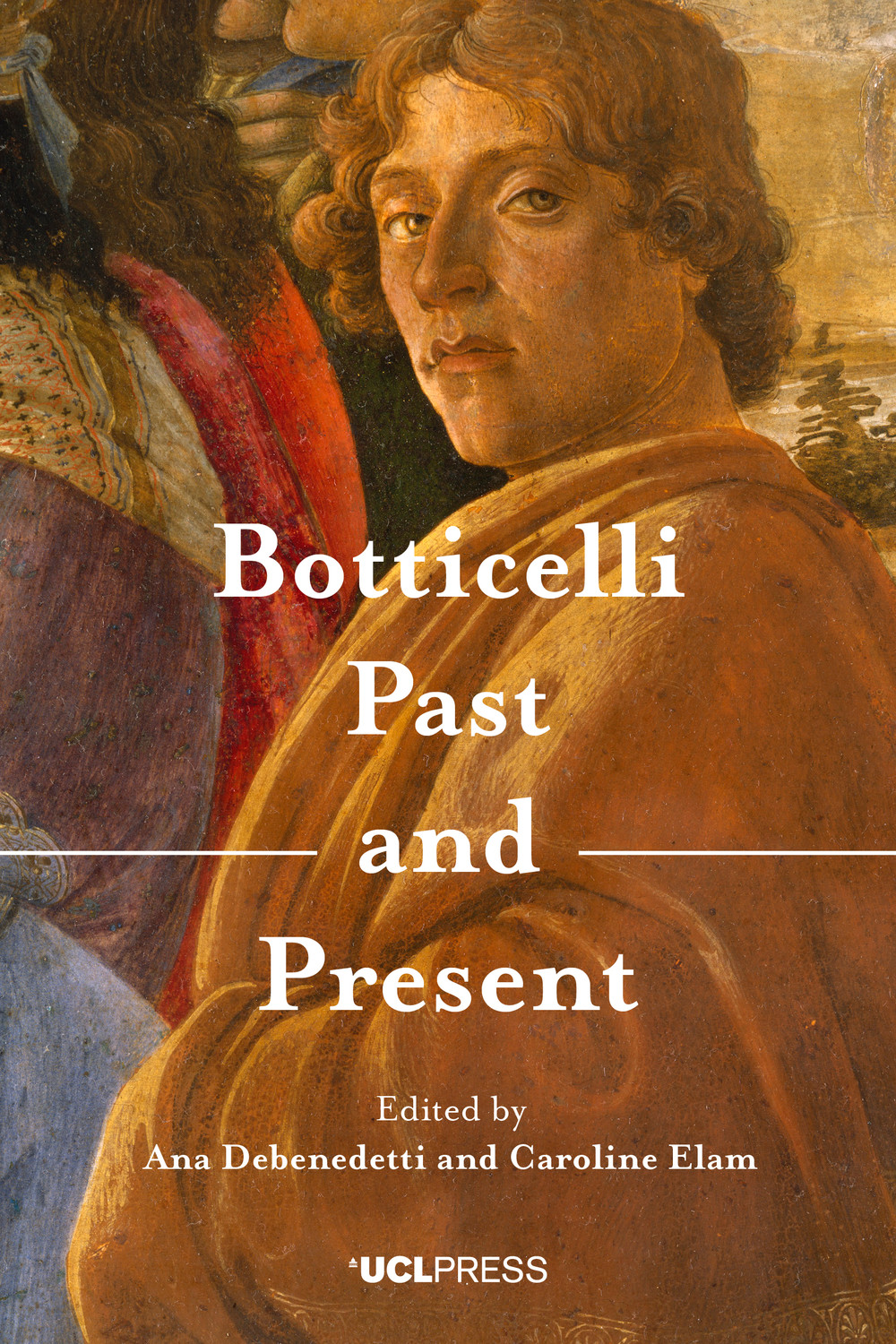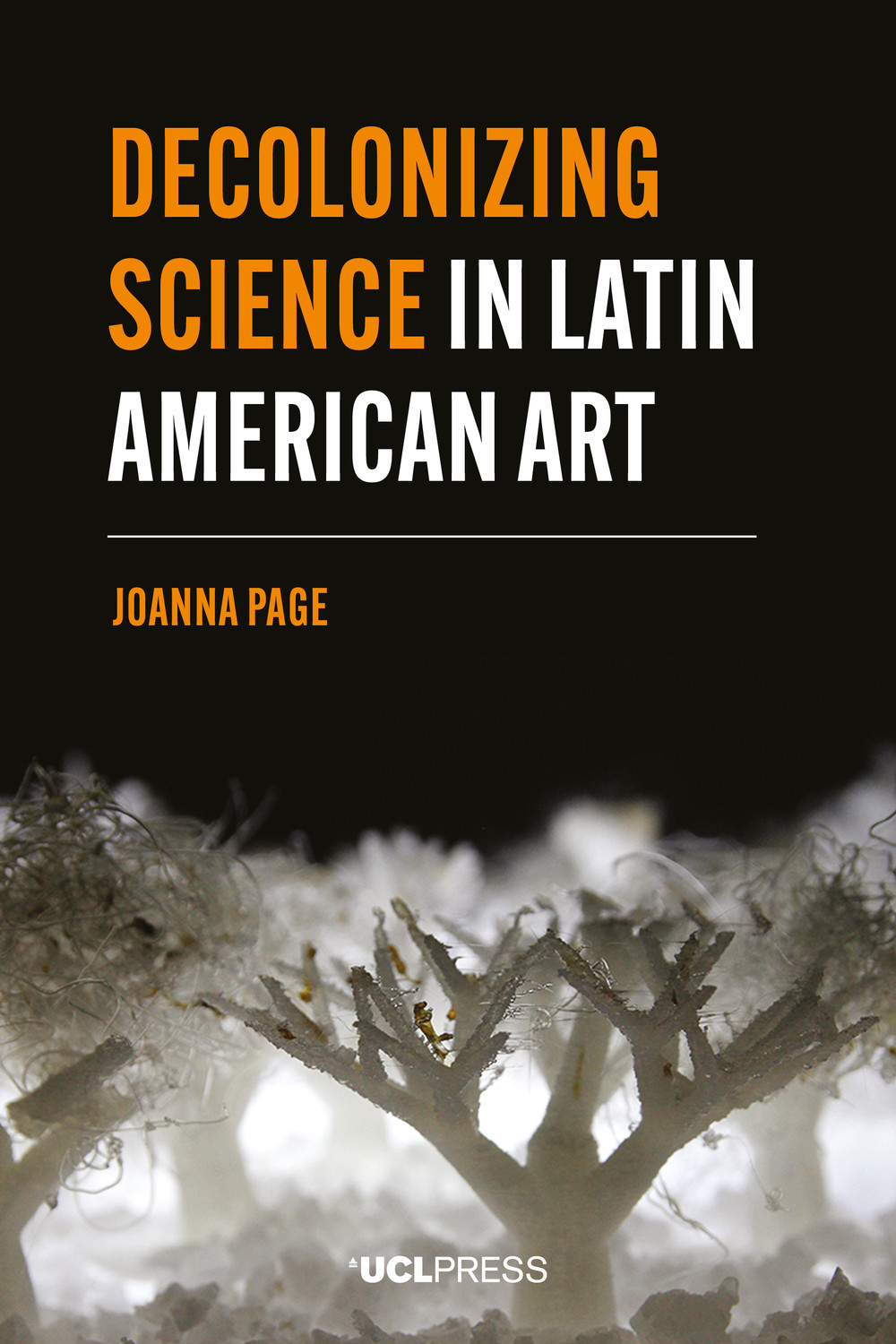Fonthill Recovered
A Cultural History
Edited by Caroline Dakers
Fonthill, in Wiltshire, is traditionally associated with the writer and collector William Beckford who built his Gothic fantasy house called Fonthill Abbey at the end of the eighteenth century. The collapse of the Abbey’s tower in 1825 transformed the name Fonthill into a symbol for overarching ambition and folly, a sublime ruin. Fonthill is, however, much more than the story of one man’s excesses. Beckford’s Abbey is only one of several important houses to be built on the estate since the early sixteenth century, all of them eventually consumed by fire or deliberately demolished, and all of them oddly forgotten by historians. Little now remains: a tower, a stable block, a kitchen range, some dressed stone, an indentation in a field.
Fonthill Recovered draws on histories of art and architecture, politics and economics to explore the rich cultural history of this famous Wiltshire estate. The first half of the book traces the occupation of Fonthill from the Bronze Age to the twenty-first century. Some of the owners surpassed Beckford in terms of their wealth, their collections, their political power and even, in one case, their sexual misdemeanours. They include Charles I’s Chancellor of the Exchequer, and the richest commoner in the nineteenth century. The second half of the book consists of essays on specific topics, filling out such crucial areas as the complex history of the designed landscape, the sources of the Beckfords’ wealth and their collections, and one essay that features the most recent appearance of the Abbey in a video game.
Praise for Fonthill Revisited
‘This volume is full of interest and provides a useful reference work that will feed the curiosity that the name Fonthill always evokes, not least for its association with the eccentricities of William Beckford.’
Country Life
'Landscapes, contents, families and life at the various Fonthills all feature in this rich and extremely readable collection of essays. It’s nicely produced and notably well illustrated in colour, with a rich collation of largely historic paintings, plans and photographs.'*
British Archaeology
'The bibliography of William Beckford, is enormous, but this book complements it by providing an account of the estate and the various houses which have occupied it, together with the families who built them and their collections....The book is full of fascinating information.'
The Art Newspaper
‘[Fonthill Recovered] doesn't offer itself as a guide to the Fonthill estate, which can be used to navigate round it (many of the key locations are not publically accessible anyway). It sets out a fairly complex historical tale, very well, and adds in details about particular elements within that story. The achievement of this is in itself remarkable, given the low profile of all those elements apart from William Beckford's abbey, and is way beyond the expectations, till recently, of anyone with a long-term interest in the area. To have achieved it so well is even more remarkable, and something of enormous credit to all those involved. This is a book which anyone with an interest in the history and buildings of South Wiltshire really ought to own, in whichever of the various forms available they choose.’
Salisbury Civic Society Magazine
'Quite apart from Fonthill's special interest to historians of architecture and collecting, the essays gathered here are valuable as a case study of a landed estate - its landscape, gardens and grottoes as well as houses - under a succession of owners, all of them very rich.'
Times Literary Supplement
‘The aim of this research project was to view the Beckford era as one episode in a longer history… In presenting such a fascinating series of essays it certainly succeeds in its goal.’
The Georgian: The Magazine of the Georgian Group
‘Edited by Caroline Dakers with essays by herself and 14 other contributors, this publication represents a tour de force of careful research and rewarding insights. To read this book and to study its wealth of illustrations, including excellent site maps, is to begin to understand more carefully the broader social and physical contexts of the first Abbey, its predecessors and successors from earliest times. No Beckfordian should be without this remarkable and enthralling tome.’
The Beckford Journal
Caroline Dakers is Professor of Cultural History at Central Saint Martins (University of Arts London). Her recent books include a new edition of Forever England (2016) and A Genius for Money: Business, Art and the Morrisons (2011). She has curated exhibitions at Leighton House Museum, London such as ‘George Aitchison: Leighton’s Architect Revealed’ (2012) and ‘Artists at Home: The Holland Park Circle’ (1999-2000). She is currently writing a monograph titled Bohemians and Gentlemen: The Image of the Artist in British society 1850-1950.
1 Introduction
Caroline Dakers
Part One: The narrative
2 The early history of Fonthill
David Roberts
3 Fonthill from the Middle Ages to 1744: The first Fonthill House
Neil Burton
4 The Beckford era
Amy Frost
5 The break-up of the Fonthill estate
Caroline Dakers
6 Fonthill in the nineteenth century
Caroline Dakers
7 Fonthill in the twentieth century
Caroline Dakers
8 Out of the ruins: New houses at Fonthill
Caroline Dakers
Part Two: The essays
9 The geophysical survey west of Fonthill Lake
David Roberts
10 The landscape of Fonthill
Min Wood
11 The early paintings of Fonthill
Jeannie Chapel
12 The Cottington and Bradshaw burials in Westminster Abbey
Susan Jenkins
13 The wealth of the Beckfords
Sidney Blackmore
14 The landscape at Fonthill: An assessment of the grottoes and their builders
Michael Cousins
15 William Thomas Beckford: Between dalliance and duty
Lawrence Klein
16 Reading Vathek and Fonthill Abbey: William Beckford’s architectural imagination
Peter N. Lindfield and Dale Townshend
17 Fonthill and its Maecenae: Works of art lost and found
Martin P. Levy
18 Little Ridge
Michael Drury
19 The Smithsons at Upper Lawn Pavilion
Amy Frost
20 Fonthill Abbey, terror and videogames at the British Library
Greg Buzwell
21 Epilogue
Caroline Dakers
The Georgian: The Magazine of the Georgian Group
'Quite apart from Fonthill's special interest to historians of architecture and collecting, the essays gathered here are valuable as a case study of a landed estate - its landscape, gardens and grottoes as well as houses - under a succession of owners, all of them very rich.'
Times Literary Supplement
‘[Fonthill Recovered] doesn't offer itself as a guide to the Fonthill estate, which can be used to navigate round it (many of the key locations are not publically accessible anyway). It sets out a fairly complex historical tale, very well, and adds in details about particular elements within that story. The achievement of this is in itself remarkable, given the low profile of all those elements apart from William Beckford's abbey, and is way beyond the expectations, till recently, of anyone with a long-term interest in the area. To have achieved it so well is even more remarkable, and something of enormous credit to all those involved. This is a book which anyone with an interest in the history and buildings of South Wiltshire really ought to own, in whichever of the various forms available they choose.’
Salisbury Civic Society Magazine
The Art Newspaper
British Archaeology
'This volume is full of interest and provides a useful reference work that will feed the curiosity that the name Fonthill always evokes, not least for its association with the eccentricities of William Beckford.'
Country Life
Format: Hardback
Size: 244 × 170 mm
428 Pages
colour illustrations
ISBN: 9781787350465
Publication: May 16, 2018
Related products
Decolonizing Science in Latin American Art
Projects that bring the ‘hard’ sciences into art are increasingly being exhib...








